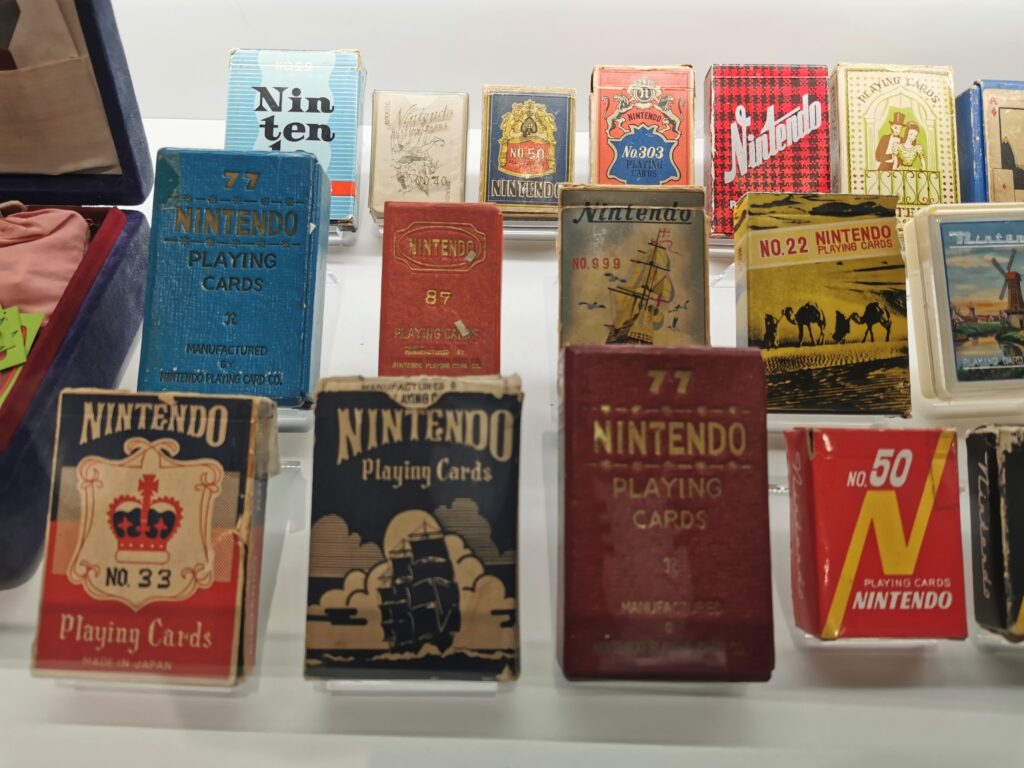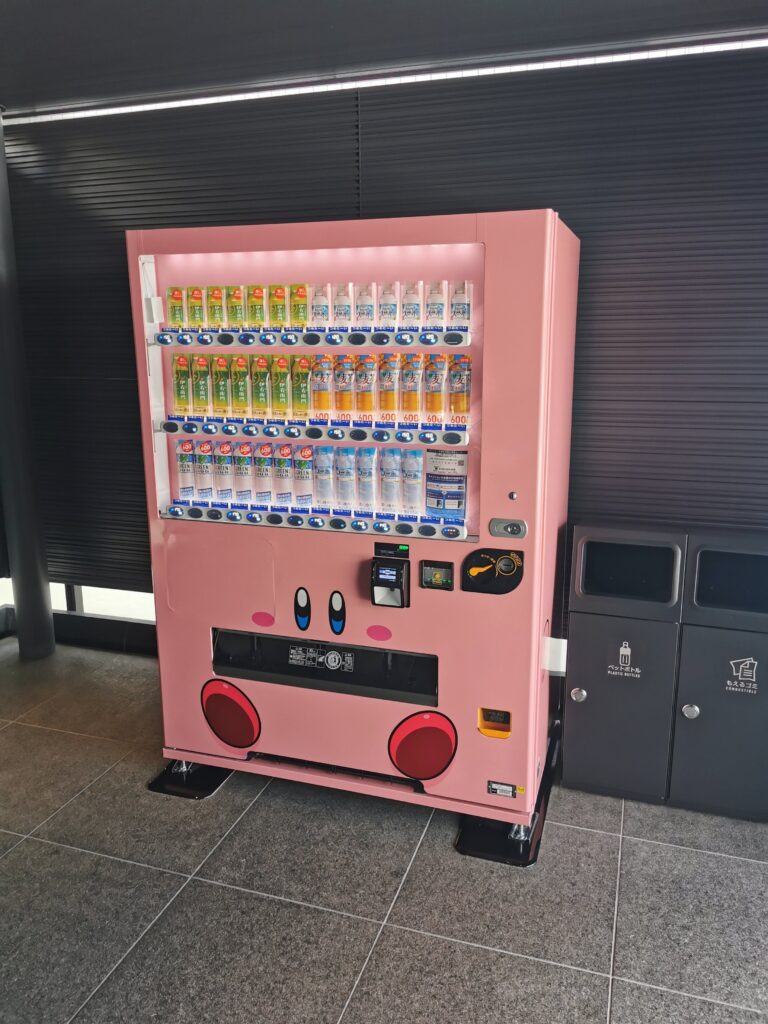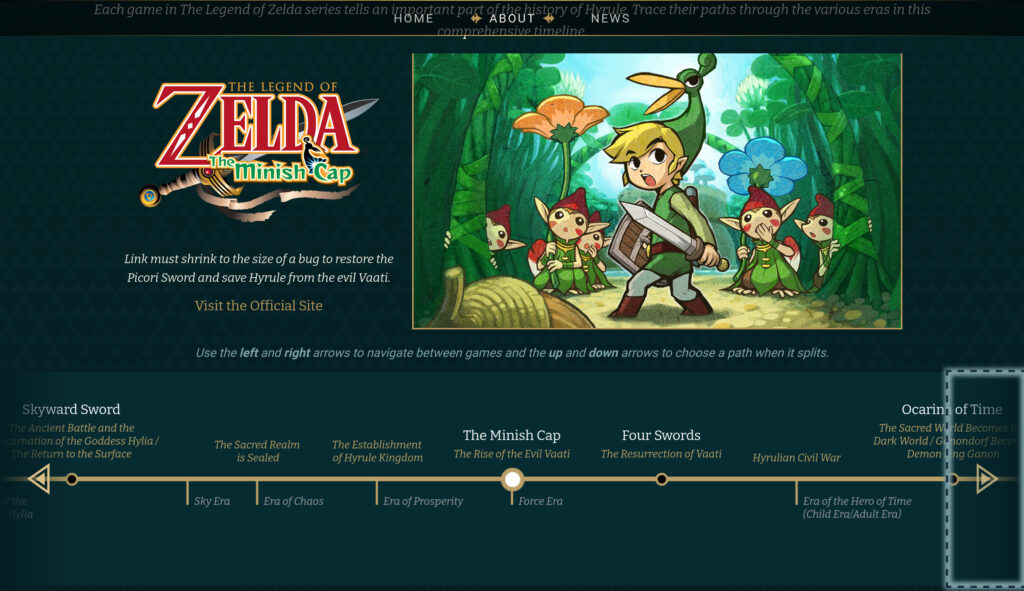Argh! This video from Press A! on Youtube promises big by promising to explain how speedrunners blast through the over 5 1/2 million Bells needed to fully upgrade their (pre-2.0) house in Animal Crossing New Horizons, but then in typical game Youtuber fashion they explain nearly everything else about the game, the debt, and all the other things speedrunners must do along the way! Here is the 12-minute video, but I’ll give you the gist below:
First: the glitch only works on version 1.2.1 or earlier, so nowadays it requires hacks to downgrade your Switch to do them. And the trick also means having at least two users on the same Switch, both with residents on the island.
The trick involves duplicating items, then selling the duplicates. The items are duplicated by putting an item that can have other objects put on top of it, like tables or the cardboard boxes in the Recycle Bin, down near the border of the town square area.
First, an expensive item is put on the table or box. The Switch promo item given to the first player upon starting the game is typically used by runners. Both players are brought in, then the second player spins the box while the first player picks the item up off of the box. If done on the same frame, Player One will pick up the item, but Player Two’s rotating of the box will mean it also remains on the box. Now there’s two copies of the item. This process can be repeated immediately, filling up Player One’s inventory with the item. They then sell the items for profit, and continue.
I miss the days when you could just find this out from a text file on GameFAQs, but then tricks like that are a lot harder to discover randomly these days without something like Youtube’s discovery algorithm to uncover them, although it too is random and scattershot, or else following a ton of Discords to seek out all of the little gaming communities where all this data is hoarded.
So that is how they do it, but since it’s specifically on an old version of the game that you can’t even play anymore it’s of limited use to normal players. New Horizons changed so much in that first year that this information is largely of use as a curiosity unless you’re involved in the frankly bizarre speedrunning community.
My own trick for paying off your house means breeding expensive roses, ideally blue but black will do, then growing tons of them in the fields of your island and selling them. If you have the DIY recipes to make wreathes or crown from them, then it doubles their sale price. It won’t pay off your house of in under two hours, but if you can get your starter roses from elsewhere, you can pay it off much faster that way, maybe in a couple of months. I’ve explained the details of that process before, and in multiple places, but hey at least I didn’t just post it in a Discord where non-obsessives will never see it.
There, that’s my annoyed internet oldbie rant for today. Come back tomorrow where I’ll shake my fist at something else, probably AI slop. Ta!







